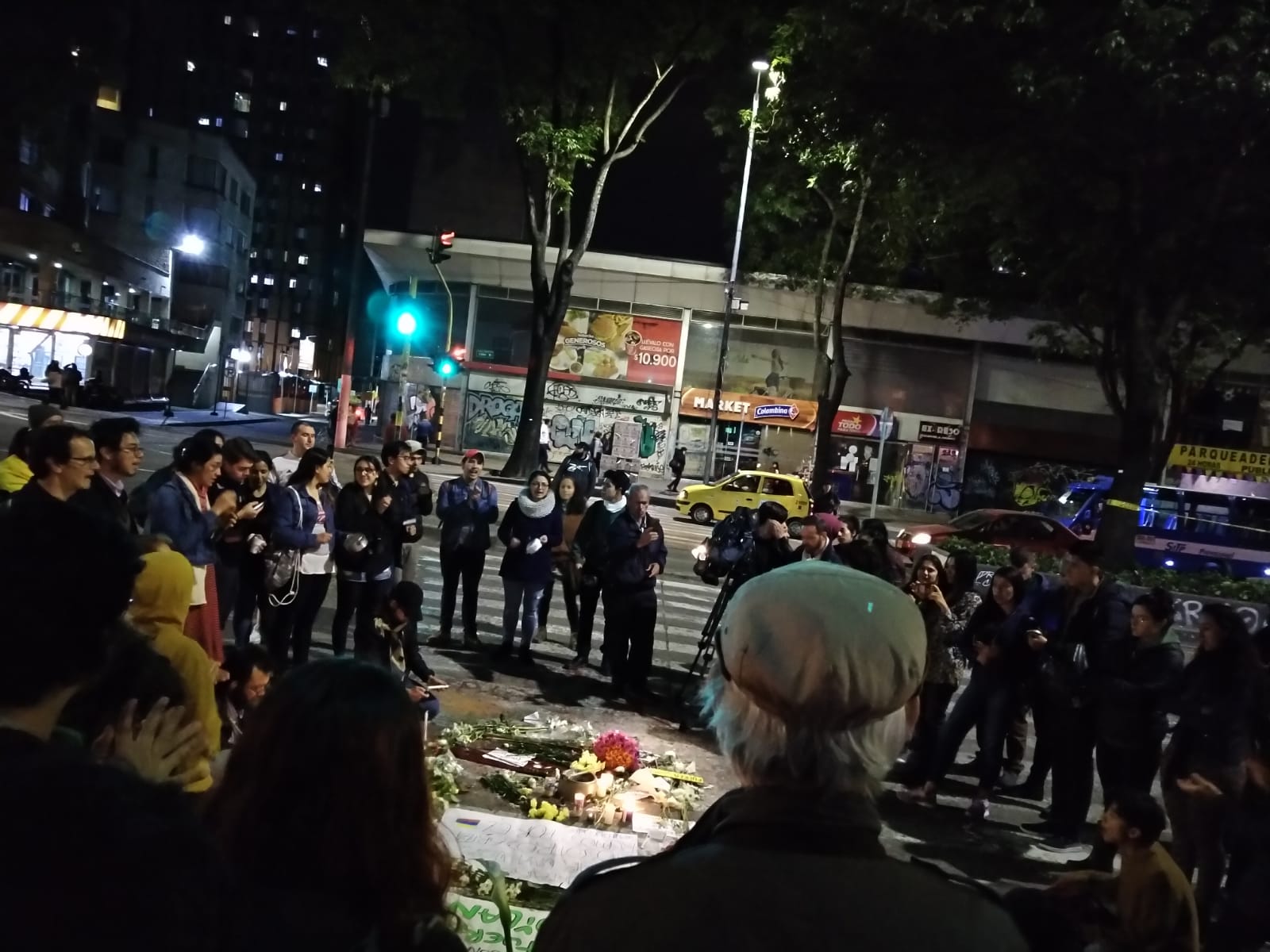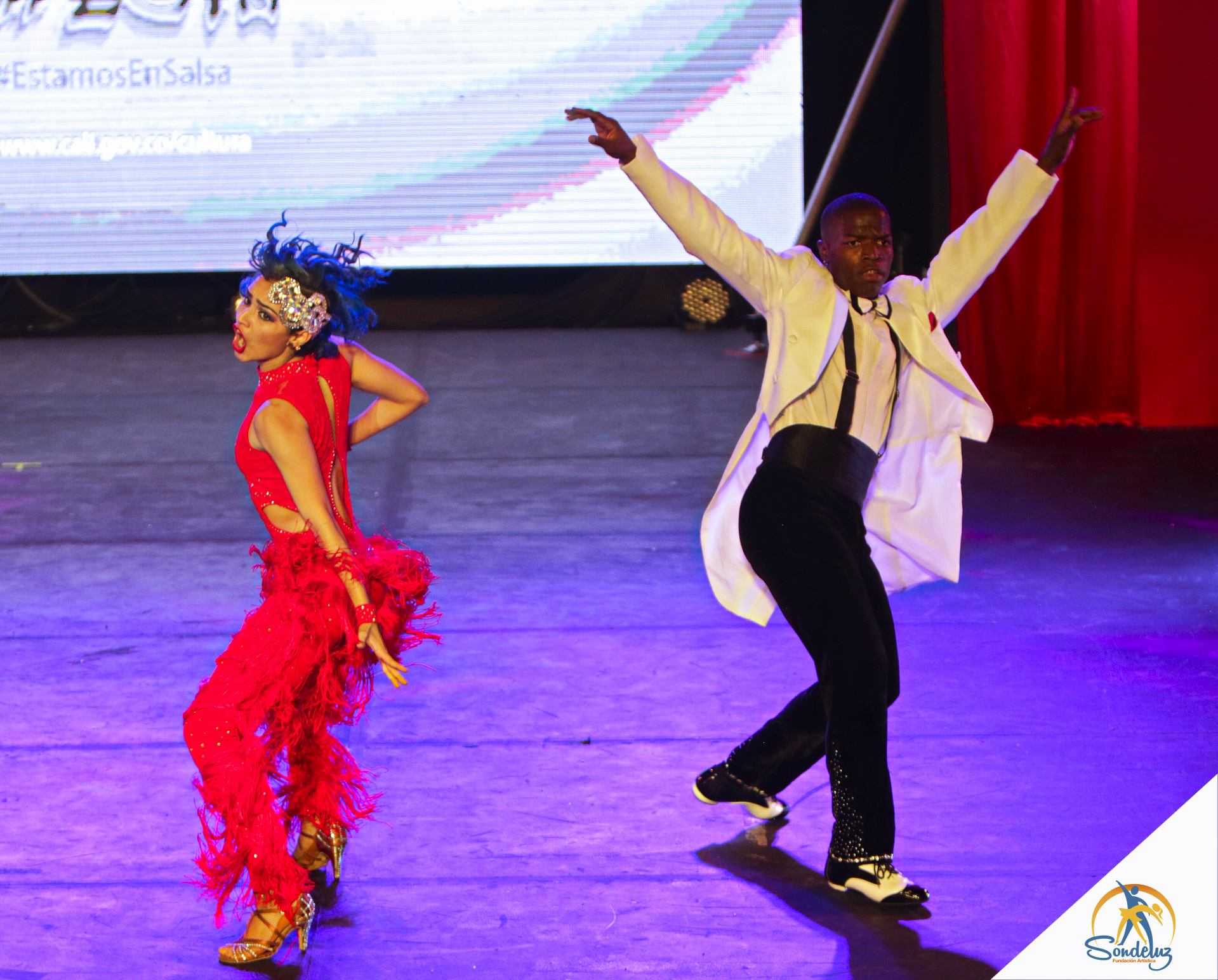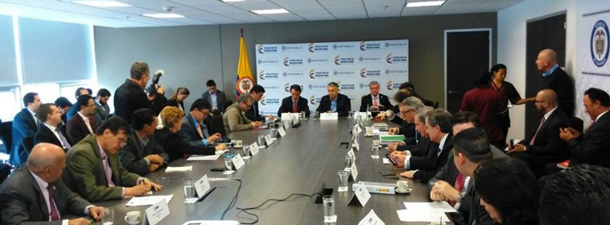While St Patrick’s Day may mean green beer and four leaf clovers to many in Bogotá, the links between Ireland and Colombia go back to the founding of the country. Kieran Duffy is on hand to explain more.
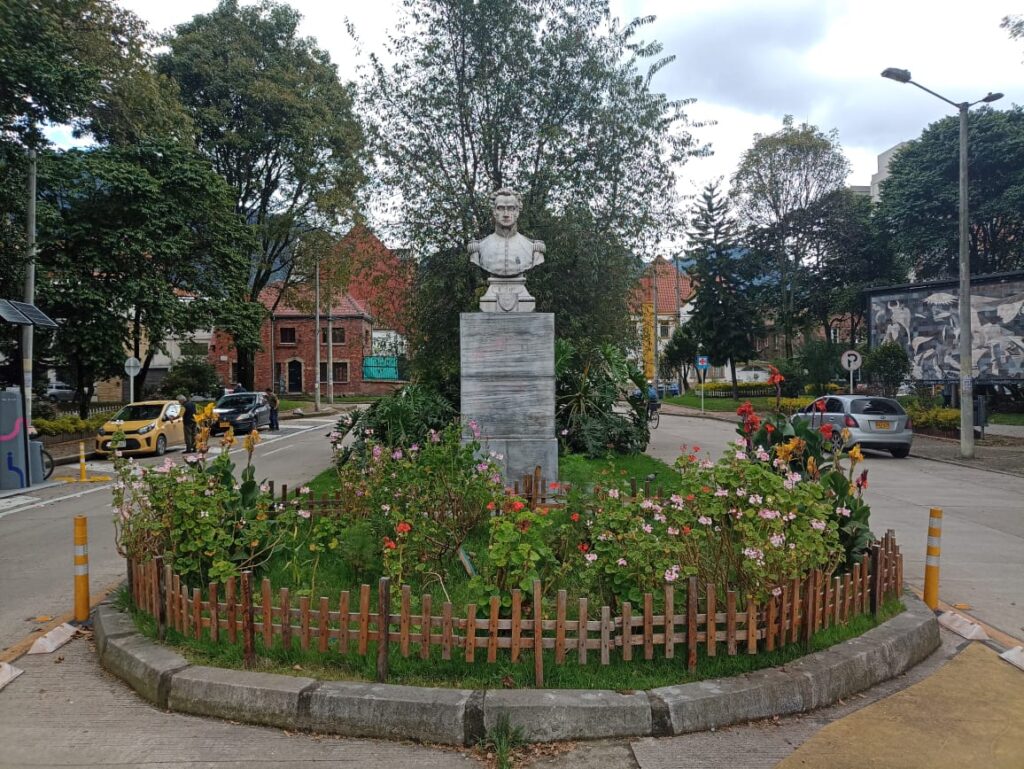
Parque Guernica in Teusaquillo is home to two memorials that might seem a little out of place in Colombia. The first is the large replica of Picasso’s famous painting from the Spanish Civil War which gives the park its name. The other, located right in front, at first looks like any other statue of Colombia’s heroes, until one learns the man’s name – General Daniel Florence O’Leary (Dónall Fínín Ó Laoghaire in Irish). It has a counterpart in Fitzgerald Park in his birthplace of Cork.
Like other Irish soldiers, he played a key role as Bolívar’s aide de camp in what was perhaps the most famous, but far from the only, historical link between Ireland and Colombia. According to the Irish embassy, “The connection between our countries began over 200 years ago, when over a thousand Irish volunteers travelled to Colombia to assist Simón Bolívar in the country’s fight for independence.”
During the 18th century, many Irish people migrated to Spain and its colonies, especially Catholics who were denied opportunities for advancement under British rule. While some rose to prominent positions – Ambrose Higgins became the governor of Chile – few arrived to what is now Colombia until the empire was already fracturing. In 1817, in desperate need of reinforcements, Simón Bolívar asked his agent in London, Luis López Mendez, to recruit volunteers for a British Legion.
Pamphlets and posters which promised generous payment in cash, food, and land convinced many men to sign up, almost half of whom were Irish. Some were veterans of the Napoleonic Wars who found themselves out of work with the end of the conflict in Europe, while others such as O’Leary were simply motivated by a sense of adventure.
In spite of such grand promises, many of the volunteers were soon disappointed. The journey to South America was often chaotic, with few rations on the ships. Upon arriving in Venezuela and finding further harsh conditions – tropical diseases and low pay – many deserted. Nevertheless, those who stayed proved a valuable addition to Bolívar’s ranks.
Many fought in the campaign to liberate Nueva Granada, most notably James Rooke, whose wounded arm was amputated after the Pantano de Vargas battle. He cried out “Viva la patria!”, to which the surgeon asked “Which country? Ireland or England?” “The one that will bury me,” replied Rooke. He died soon after and was indeed buried in Boyacá. There is a statue of him in Paipa, where the main square also bears his name.
More Irish recruits would later arrive in South America in 1819, forming two units known as the Hibernia Regiment and the Irish Legion. Neither, however, would prove as successful as the British Legion. The Hibernia Regiment briefly took Riohacha, but was soon driven out, and its founder, Thomas Eyre of Galway, was killed. The Irish Legion, founded by John Devereux who had fought in the Irish Rebellion of 1798, took the same city six months later, but many of the soldiers mutinied because of a lack of pay.
After this, Bolívar no longer recruited foreign soldiers, and many members of the legion left the continent. Nevertheless, some stayed on, and like the fellow Irishmen in the British Legion, fought in the wars of liberation in Ecuador, Peru and Bolivia. Some would go on to settle in the newly independent South American republics, including Bolivia and Ecuador.
In Colombia, many Irish soldiers remained loyal to Bolívar in the tumultuous years following independence, helping to put down a rebellion in Antioquia. Some would accompany him on his final journey to Santa Marta where he died. O’Leary, on the other hand, would go on to settle in Bogotá where he married and had nine children. He refused to burn Bolívar’s documents and spent much of his later life organising them for future historians. He is buried in the national pantheon in Caracas.
After Colombia´s establishment as an independent nation, there was little interaction between the two nations. Unlike Argentina, Colombia did not see a wave of Irish immigration in the late 19th century. One Irishman who did make his way to the country however, was Roger Casement, who was working as a British consul in Brazil.
He had previously won fame for exposing the massive human rights abuses in the Belgian Congo, and would do the same in South America. He travelled through the Amazon region, including to Putumayo, and reported on the enslavement of native people to work on rubber plantations. His efforts won him praise in Britain, but this was to be short lived.
Once a loyal British subject, Casement became an Irish nationalist and was hanged for his involvement in the failed Easter Rising of 1916. While the resulting Irish War of Independence of 1919-1921 regularly made headlines in Colombian newspapers, the two countries would not establish full diplomatic ties until 1999.
However, murkier connections were also being formed as the two nation’s violent conflicts became intertwined. Even as the Good Friday Agreement of 1998 brought an end to the Troubles in Northern Ireland, the close ties between Provisional IRA and the FARC-EP of Colombia came to light when three Irishmen were arrested at El Dorado airport in August 2001 and accused of training FARC members to make explosives.
They eventually fled the country and made their way to Ireland, but were convicted in absentia. Unable to be extradited under Irish law, in spite of repeated demands by Álvaro Uribe’s government, they also could not travel outside the territory of the Irish republic for fear that other nations might arrest them. In 2020, they received an amnesty as part of the peace process, but this was revoked last December because they had not fully cooperated with investigations. Once again, their situation remains uncertain.
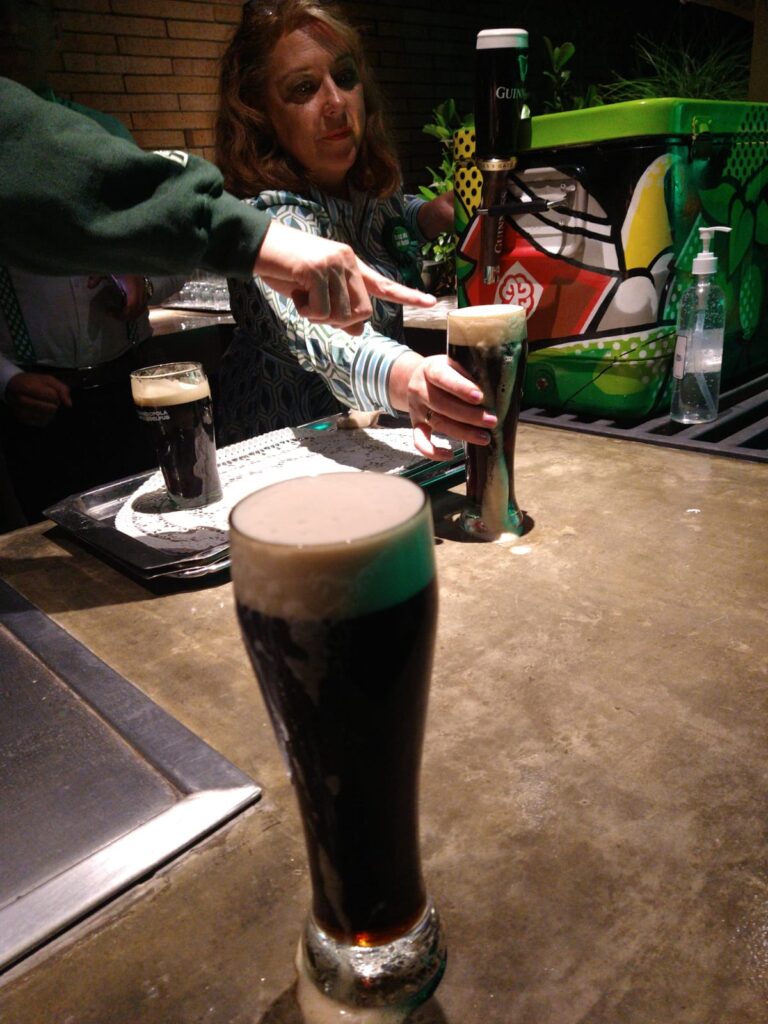
The shared experience of peacemaking has thankfully strengthened ties between the two nations. Ireland has continually backed efforts towards peace in Colombia and former Tánaiste (Deputy Prime Minister) Eamon Gilmore served as the European Union Special Envoy to the peace process. Numerous figures involved in peace talks in Ireland have visited the country in the last decade, such as Nobel peace prize winner David Trimble. Going the other way, Juan Manuel Santos received the Tipperary Peace Prize in 2018.
Diplomatic links between the two nations have also grown stronger in recent years. Michael D Higgins was the first Irish president to visit Colombia in 2017, accompanied by then Minister for Social Protection and current Taoiseach (Prime Minister) Leo Varadkar. Since then, embassies have been opened in Dublin and Bogotá, and one of the bigger foreign festivals in Colombia is an annual Saint Patrick’s Day parade in Usaquén.
Varadkar visited again last year for St Patrick’s, including a visit to La Roja brewery, founded by a Colombo-Irishman. According to the Irish embassy, the two countries “share a strong bilateral relationship… As we mark our national day, St Patrick’s Day, we celebrate the excellent relationship between our two nations, and look forward to deepening our bond in the years to come.”

